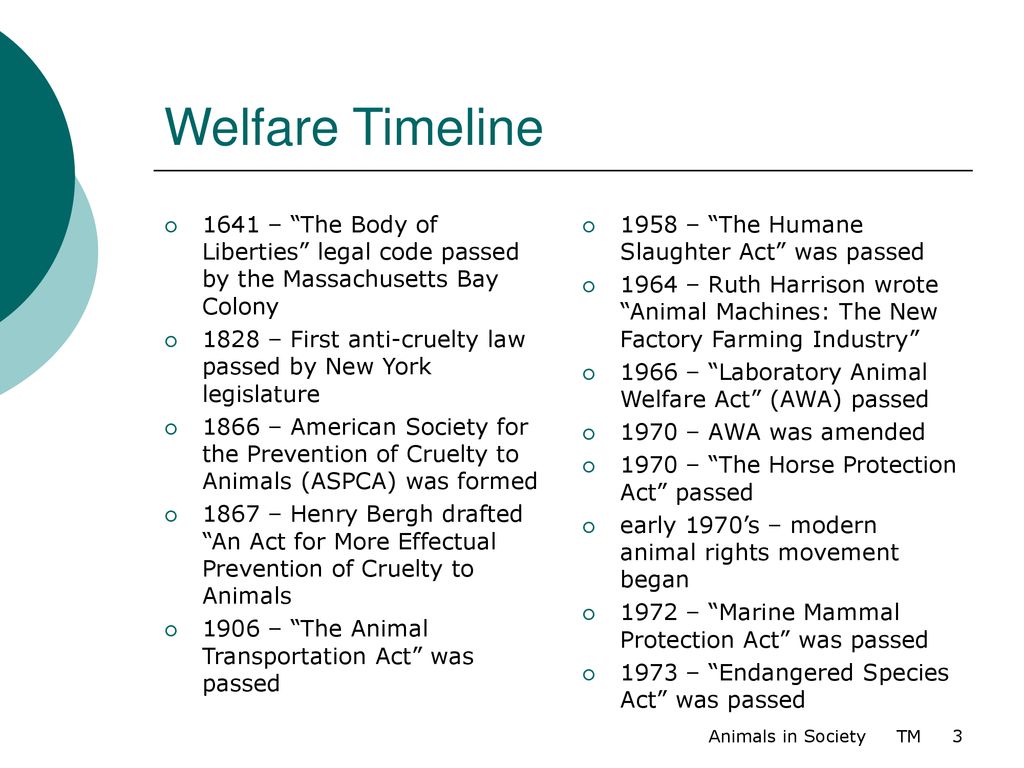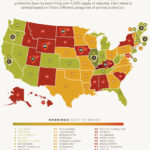Animal cruelty has long been a pressing ethical issue across the globe, and the United States is no exception. As society evolves, so does the recognition of animals as beings deserving of protection and respect. In this comprehensive exploration, we will delve into the timeline of legal progress relating to animal cruelty laws in America, dissecting the significant milestones that have shaped the current landscape.
Tracing back to the early colonial era, we encounter the nascent stages of concern for animal welfare. In 1641, the Massachusetts Bay Colony enacted the “Body of Liberties,” a legal code that implicitly criticized certain forms of cruelty towards domestic animals. To some extent, this highlighted the belief that humane treatment was integral to societal morals, laying the foundation for future legislative efforts.
Fast forward to the 19th century, a pivotal period in the evolution of animal welfare in America. The establishment of the American Society for the Prevention of Cruelty to Animals (ASPCA) in 1866 marked a monumental shift in public consciousness regarding animal cruelty. Founded by Henry Bergh, this organization galvanized support for the humane treatment of animals and lobbied for the development of laws to protect them. The ASPCA’s influence would ripple throughout the nation, prompting states to consider the protection of animals at a legislative level.
In the same spirit of reform, the state of Massachusetts passed the first animal cruelty statute in 1836. This law prohibited mistreatment of animals, paving the way for similar legislations across the U.S. The law was, however, limited in its scope and effectiveness. Enforcement often depended on public awareness and advocacy, which varied widely from one locality to another.
The commitment to protecting animals gained traction in the ensuing decades. The late 19th and early 20th centuries saw a cadre of states, fueled by social reform movements, adopt their own animal cruelty statutes. These laws, though primitive by today’s standards, represented a growing acknowledgment of the need for legal intervention against abuse. They addressed issues such as abandonment, neglect, and inhumane treatment.
By the mid-20th century, societal views on animals began to shift significantly. The advent of the animal rights movement during the 1960s and 1970s spurred more robust legal frameworks. In 1976, California enacted a comprehensive law against animal cruelty that served as a model for other states. This law established clearer definitions of cruelty and included provisions for the humane treatment of animals in various contexts.
Throughout the 1980s and 1990s, numerous states enacted legislation that responded to the increasing public outcry surrounding animal treatment. The Animal Welfare Act (AWA), federally established in 1966, constituted a watershed moment, as it introduced regulations regarding the treatment of animals in research, exhibition, transport, and by dealers. While the AWA primarily focused on specific categories of animals, it underscored a national commitment to reducing harm to animals across multiple sectors.
As we entered the 21st century, the legal strides made toward combating animal cruelty began to garner national attention. High-profile cases of neglect and abuse, often captured in media, elevated public awareness and pushed lawmakers toward enacting stronger legislation. By 2006, the Animal Fighting Prohibition Enforcement Act was signed into law, making it illegal to engage in or promote animal fighting. This was a significant victory for animal welfare advocates, illustrating the potential for comprehensive change at the federal level.
Despite these advances, gridlock remains a hallmark of animal welfare legislation. While many states have robust anti-cruelty laws, inconsistencies abound. Some jurisdictions impose stringent penalties for cruelty, while others languish without any meaningful statutes. Moreover, issues such as puppy mills, factory farming, and wildlife trafficking remain inadequately addressed. A significant gap persists between public sentiment, which increasingly opposes cruelty, and the legislative framework that fails to reflect these values comprehensively.
In recent years, advocacy groups have worked tirelessly to influence legislative agendas, driving initiatives to strengthen anti-cruelty laws. Campaigns for stricter regulations on factory farming practices highlight an area where legal reform is not just necessary, but urgent. Additionally, the introduction of legislation that recognizes and protects companion animals as sentient beings signifies a progressive shift towards more humane treatment.
In conclusion, America’s journey toward enacting meaningful animal cruelty legislation is complex and sporadic, yet undeniably marked by important milestones. From the Body of Liberties in 1641 to the contemporary movements seeking reform, the commitment to protect animals against cruelty has evolved. However, the fight is ongoing—an evolving dialogue that merges ethics, science, and law. The continued advocacy for stronger animal protection laws symbolizes a society grappling with its responsibilities toward the other inhabitants of our world. As the landscape of animal rights progresses further, one can only hope that it reflects an increasing commitment to kindness and justice for all creatures.




